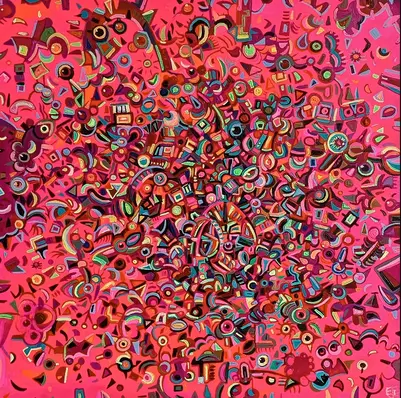


The Institute of Industrial Design is one of the oldest institutions in Europe, focussing its activities on industrial design. Established on 1 October 1950 as a result of the transformation of the Bureau for the Supervision of Production Aesthetics, it became crucial to the development of Polish design.
In the service of beauty
The Institute owed its establishment to Professor Wanda Telakowska, who wanted to promote good, rational design. Design, according to Telakowska, had to retain its purpose, and the design itself was a holistic endeavour because, as the professor used to say: “Everyday beauty for everyone. Good designs for mass-produced products are an economic value. Good designs are also a cultural value”.
The Institute's task was not only to oversee the design and introduce new designs into production, but also to promote and educate about industrial design. The Institute carried out extensive scientific and research activities. The activity of the Institute did not slow down, and in 1966 it already had a very extensive activity. It employed hundreds of designers and designed and researched projects for a wide range of industries, which is why, in order to continue its extensive work, it was given a modern building standing at 5/7 Świętojerska Street.
Thinking about the user
In the 1970s, the institute also began to analyse social needs – at that time, design went even further out of its user's reach, as issues such as the relationship between ergonomics and aesthetics in design became the focus of attention, new housing was studied in terms of the functionality of space, or solutions were sought on how to combine the functionality of a dwelling and its furnishings.
After the fall of communism in Poland, the Institute continued its scientific and research activities. Since 1993, the Institute of Industrial Design has coordinated the Dobry Wzór programme, which awards prizes to the best Polish products. As part of its support for young designers, the Institute began to hold a biennial Design Young exhibition. After 2000, the Institute became even more interested in ergonomics, resulting in Ergodesign. Ergodesign is a data bank containing measurements of adults, children, young people, the elderly, and people with disabilities, so that each group of users can use objects tailored to their physical abilities.
Institute now
Currently, the Institute of Industrial Design carries out its activities in the fields of design dissemination, consultancy, and education. IID boasts one of the world's largest book collections in the field of design – as many as 46,000 titles. Currently, the Institute is mainly developing new programmes, such as Young Design, but it is also continuing its previous undertakings, such as the Good Design Competition, which will be held for the 30th time in 2023.